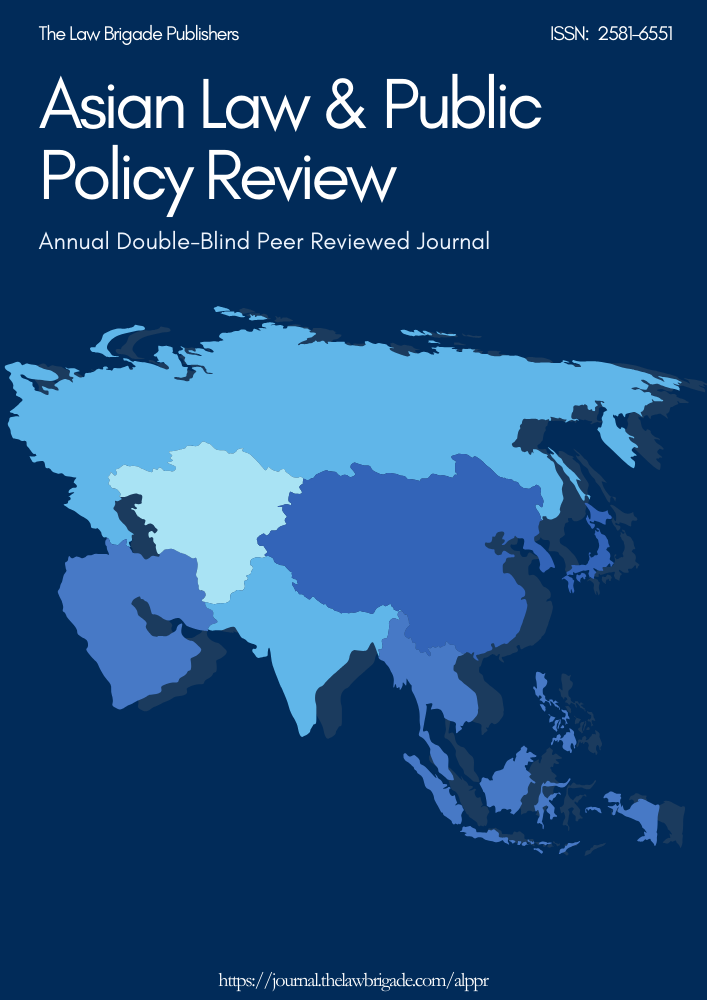RE-EXAMINING COPYRIGHT PROTECTION OF SPORTS PROGRAMS FROM SINA V. TIANYING JIUZHOU AND CCTV INTERNATIONAL V. STORM
Keywords:
Copyright Protection, Cinematographic Work, Broadcasting, Sports ProgramAbstract
The paper re-examines the legal nature of the sports programs from the lessons of the Sina case and the Storm case. Although the Beijing IP Court denied to consider the sports programs as cinematographic works and put forward a more detailed analysis of the “originality” of film works, it did not rule out the possibility of identifying sports programs as cinematographic works in some special circumstances. The Beijing IP court acknowledged the loopholes of the current copyright law, but it left the problem to be solved by the anti-unfair competition law and to be further regulated by the special laws such as sports law, as well as allowing the copyright law to redefine the broadcasting organization right so as to maintain the systematic logic of the copyright law. This is a possible solution under the current situation.
Downloads
References
i See Article 1 of the Chinese Copyright Law.
ii (2015) Beijing IP Civil Final No. 1818.
iii (2015) Beijing IP Civil Final No. 1055.
iv Article 2 §(2) of the Berne Convention.
v Article 2 of the Regulations for the Implementation of the Copyright Law of the People’s Republic of China.
vi Article 4 §(11) of the Regulations for the Implementation of the Copyright Law of the People’s Republic of
China
vii (2015) Beijing IP Civil Final No. 1818.
viii (2015) Beijing IP Civil Final No. 1055.
ix §101 of the US Copyright Law defines a work to be “fixed” in a tangible medium of expression when its
embodiment in a copy or phonorecord.
x Article 3(2) of the Chinese Copyright Law.
xi See Wang Qian, ‘On the Copyright Protection of Live Pictures of Sports Events—Comments on the Phoenix
Net’s Rebroadcasting Case’ (2016) Issue 1 Journal of Northwest University of Political Science and Law, p 190.
xii Article 2 of the Regulations for the Implementation of the Copyright Law of the People’s Republic of China.
xiii Wang Qian, Copyright Law (China Renmin University Press 2015), p 18.
xiv See Article 2 of the Regulations for the Implementation of the Copyright Law of the People’s Republic of
China.
xv Article 4 §(11) of the Regulations for the Implementation of the Copyright Law of the People’s Republic of
China
xvi Lu Haijun, ‘On the Copyright Status of Sports Programs’ (2015) Issue 2 Social Science, pp 104-105.
xvii (2015) Haidian Civil Verdict (IP) No.14494.
xxiv (2015) Sui Tian Fa Zhi civil Verdict No. 285.
xxv Ling Zongliang, ‘The Type and Path of the Legal Protection of the Rebroadcasting Right of Sports Events’
(2016) Issue 3 Research on Rule of Law, p 28.
xxvi Zhang Jie, ‘Copyright Protection of Sports Competition Performance’ (2001) Vol.8 Iss.4 Sports Jounal, pp
15-16.
xxvii See Wang Qian (n 13), pp 72-73.
xxviii See Ling Zongliang(n 25).
xxix (2015) Beijing IP Civil Final No.1818.
xxx See (2015) Beijing IP Civil Final No. 1818; see also (2015) Beijing IP Civil Final No. 1055.
xxxi (2015) Beijing IP Civil Final No. 1818.
xxxii (2015) Haidian Civil Verdict (IP) No. 14494.
xxxiii (2014) Zhaoyang Civil Verdict (IP) No. 40334.
xxxiv See Article 10 §(1) of the Chinese Copyright Law.
xxxv See Article 10 §(1) of the Chinese Copyright Law
xxxvi (2014) Zhaoyang Civil Verdict (IP) No. 40334.
xxxvii See Wang Qian (n 13), p 190.
xxxviii (2015) Beijing IP Civil Final No. 1818.
xxxix Article 42 of the Chinese Copyright Law.
xl Article 45 §(1) the Chinese Copyright Law.
xli (2010) Sui Zhong Fa Civil Verdict No. 196.
xlii See Liu Tieguang (n 22), p 94.
xliii (2015) Beijing IP Civil Final No. 1055.
xliv (2015) Beijing IP Civil Final No. 1818.
xlv Article 45 of the Chinese Copyright Law.
xlvi See Wang Qian (n 11), p 190.
xlvii (2015) Beijing IP Civil Final No. 1818.
xlviii (2010) Sui Zhong Fa Civil Verdict No. 196.
xlix See Liu Tieguang (n22), p 94.
Downloads
Published
Issue
Section
License

This work is licensed under a Creative Commons Attribution-NonCommercial-ShareAlike 4.0 International License.
License Terms
Ownership and Licensing:
Authors of research papers submitted to any journal published by The Law Brigade Publishers retain the copyright of their work while granting the journal specific rights. Authors maintain ownership of the copyright and grant the journal the right of first publication. Simultaneously, authors agree to license their research papers under the Creative Commons Attribution-ShareAlike 4.0 International (CC BY-SA 4.0) License.
License Permissions:
Under the CC BY-SA 4.0 License, others are permitted to share and adapt the work, even for commercial purposes, provided that appropriate attribution is given to the authors, and acknowledgment is made of the initial publication by The Law Brigade Publishers. This license encourages the broad dissemination and reuse of research papers while ensuring that the original work is properly credited.
Additional Distribution Arrangements:
Authors are free to enter into separate, non-exclusive contractual arrangements for distributing the published version of the work (e.g., posting it to institutional repositories or publishing it in books), provided that the original publication by The Law Brigade Publishers is acknowledged.
Online Posting:
Authors are encouraged to share their work online (e.g., in institutional repositories or on personal websites) both prior to submission and after publication. This practice can facilitate productive exchanges and increase the visibility and citation of the work.
Responsibility and Liability:
Authors are responsible for ensuring that their submitted research papers do not infringe on the copyright, privacy, or other rights of third parties. The Law Brigade Publishers disclaims any liability for any copyright infringement or violation of third-party rights within the submitted research papers.


